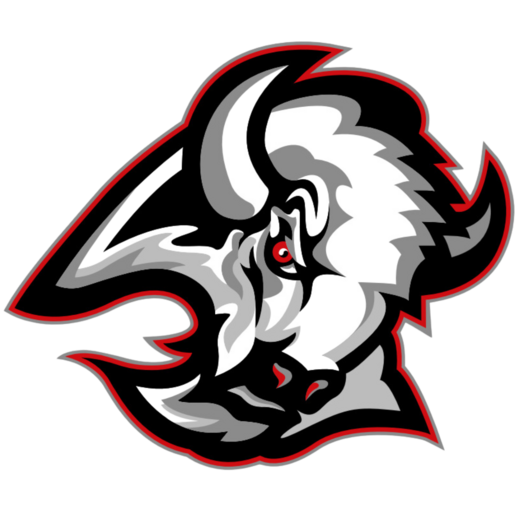Foundational Clarity
Guaranteed and Viable Curriculum:
Students in the same grade level OR course should receive the same (as much as possible) content or essential learnings, have same success (mastery) criteria, instructional level of DOK, etc. REGARDLESS of teacher/classroom.
Assessing our Essential Learnings (CRTs) is our most important piece of data.
2A: Essential Learnings: We don't have time to give each standard the same depth of instruction/DOK. We must identify the most important! See this LINK for our FOCUS PROCESS.
*With the amount of standards, Marzano says if we taught each standard, we would have to have a K-22 program rather than a K-12.
2B: Unpack your Standards: Get insanely clear about what kids need to learn.
2C: Alignment: Textbooks do no drive instruction. Your identified guaranteed and viable curriculum is solely based on your essential learnings you and your team have identified. We must identify what resources we will use for authentic learning experiences that target our essential learnings. You may be provided with a core textbook resource you can pull from. You also may need to identify supplemental resources if your core textbook resources does not properly provide high DOK lessons on a few essential learnings.
Mastery Level (Proficiency): Our lowest level of proficiency is 80% or a 3 in Standards Based Grading. Teams (if possible) will have to determine what they will accept as mastery. What will students have to show me? What skills will they have to perform? What is the lowest level will we tolerate for proficiency (mastery)? What evidence do you have that you have learned the content?
If students do not perform at mastery the first time, we need to re-teach/re-assess. Time + Targeted Instruction=Student Mastery. WIN time provides the necessary time for this reteaching/reassessing rather than take time away from grade level content.
WIN Time Interventions: The more targeted intervention, the more likely it will work. Put more time into targeting your intervention/instruction and worry less about the amount of kids in each group.
4.Criterion Referenced Test (CRT): Pinpoints where student is at in his/her progression toward the learning target. CRT's are created by the teacher...the one who knows the content best! CRT's should be created BEFORE learning. They determine what your learning targets. What do kids needs to show me to prove they know the content? What DOK?
PROTOCOLS --> REFLECTIONS
When teacher teams use protocols and tools to help structure their conversations about student learning, they sharpen their pedagogy and deep their content knowledge. According to the national Turning Points Center (NTPC, 2019), teacher who use protocols have a more complete and comprehensive understanding of what students know and are able to do. 1
K-12 Protocols All Teachers Are Expected To Do: Identify Essential Learnings, Unpack Essential Standards, create CRTs, Create SMARTgoals, complete CRT Reflection form after each CRT given.
1 Dufor, R., DuFour, R., Eaker, R., & Many, T. (2006). Learning by doing: A handbook for building professional learning communities. Solution Tree Press. (p 157)

